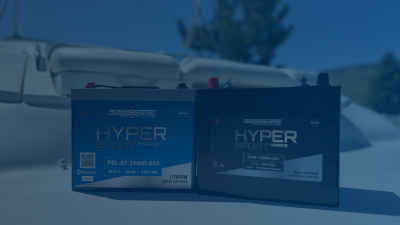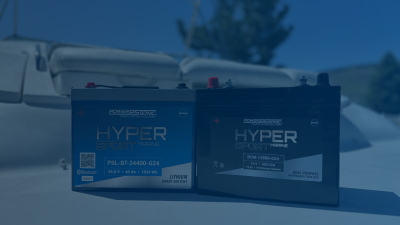Can I charge a lithium battery with a normal charger?
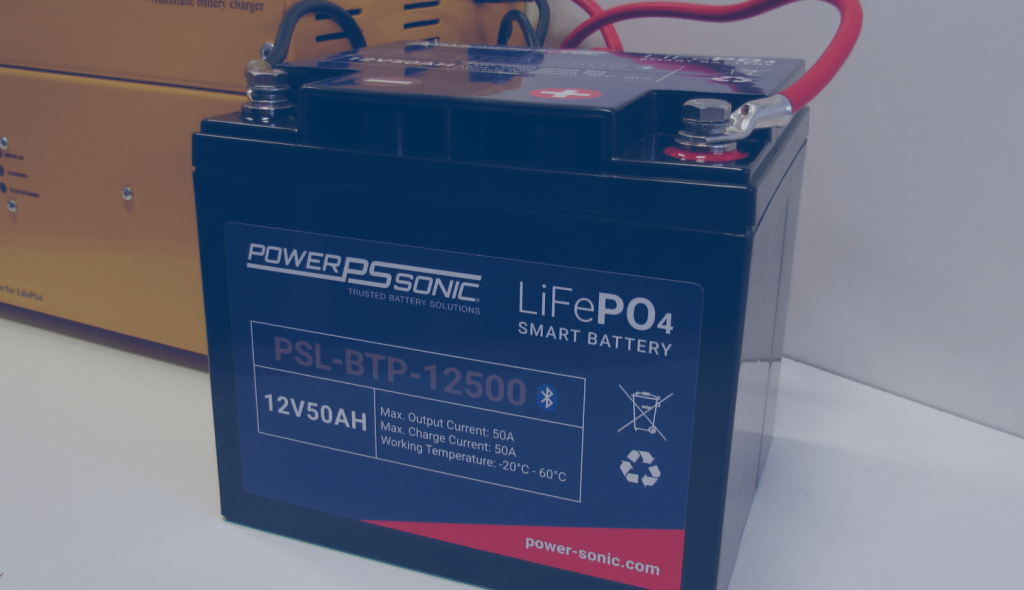
Can I Charge a Lithium Battery with a Normal Charger?
One of the biggest advantages to lithium batteries is their faster charging capabilities versus their sealed lead acid counterparts. You may have heard time and time again that lithium batteries charge very quickly, but exactly how quickly, and how much faster than SLA? What does this mean for you, the end user? And, ultimately, can you charge a lithium battery with a normal sealed lead acid charger?
Charging Absorption Differences between SLA and Lithium
Charging SLA batteries can be slow; for example, a 12 V 20 Ah SLA battery took 6.5 hours to reach 100% SOC, while a comparable 12.8 V 20 Ah LiFePO4 battery took just over 2.5 hours.
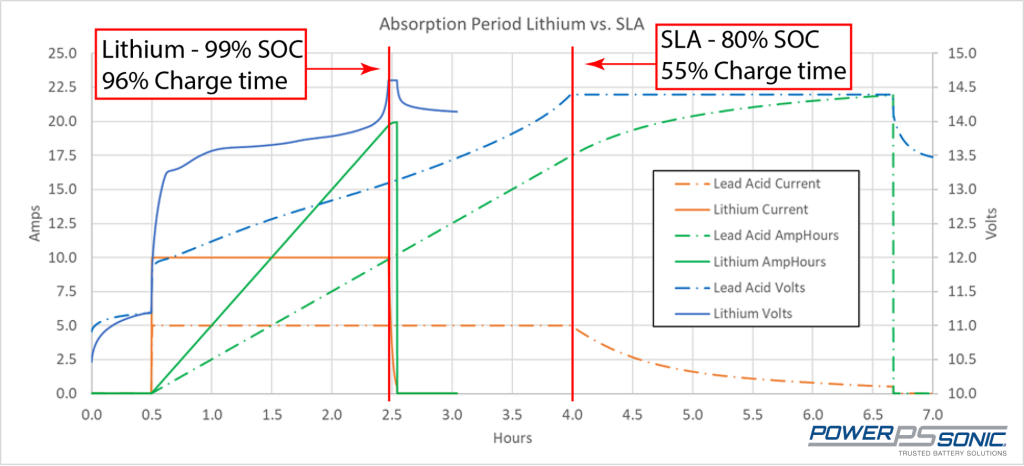
SLA charging has three stages: constant current (bulk charge), constant voltage (absorption), and float. In a 20 Ah SLA battery, constant current brings the SOC to 80% in just over half the total charge time, while constant voltage charges the remaining 20% in about the same time. Float charging maintains the battery and prevents over-discharge from self-discharge.
However, in a charging cycle for lithium, there are only two stages: constant current and constant voltage. In the constant current/bulk charging stage, the battery can absorb 99% of it’s capacity (SOC of 99%) in 96% of the charge time. This means in the 12.8V 20AH lithium battery example above, the battery reaches nearly 100% SOC in just under two hours. The constant voltage charge stage only provides an additional 1% to the capacity with only 4% of the charge time. Additionally, lithium batteries do not need to be kept on float charges because the lower self-discharge rate of the battery.
In this comparison, the lithium battery has been fully charged before the SLA battery even reaches the constant voltage stage of its charging cycle, and charges in 1/3 the time of the SLA battery. This is especially important in highly cyclic applications where a device will be out of service for charging. In larger SLA batteries, the extended charging time may require extra batteries to be in use while some batteries charge.
Lithium Absorption on an SLA Charging Profile
Using a lithium battery on an SLA charger raises questions about voltage tolerance and float charging. On a 13.8 V SLA bulk charge, a lithium battery reaches 95% capacity in 90% of the charge time, with the final 5% taking the remaining 10%. At 14.6 V (AGM constant voltage), it reaches 99% in 95% of the time, with the last 1% in the final 5%. Charging lithium on an SLA profile takes longer—about 5 hours for a 20 Ah battery versus 2.5 hours on a lithium profile—but still faster than charging an SLA battery.
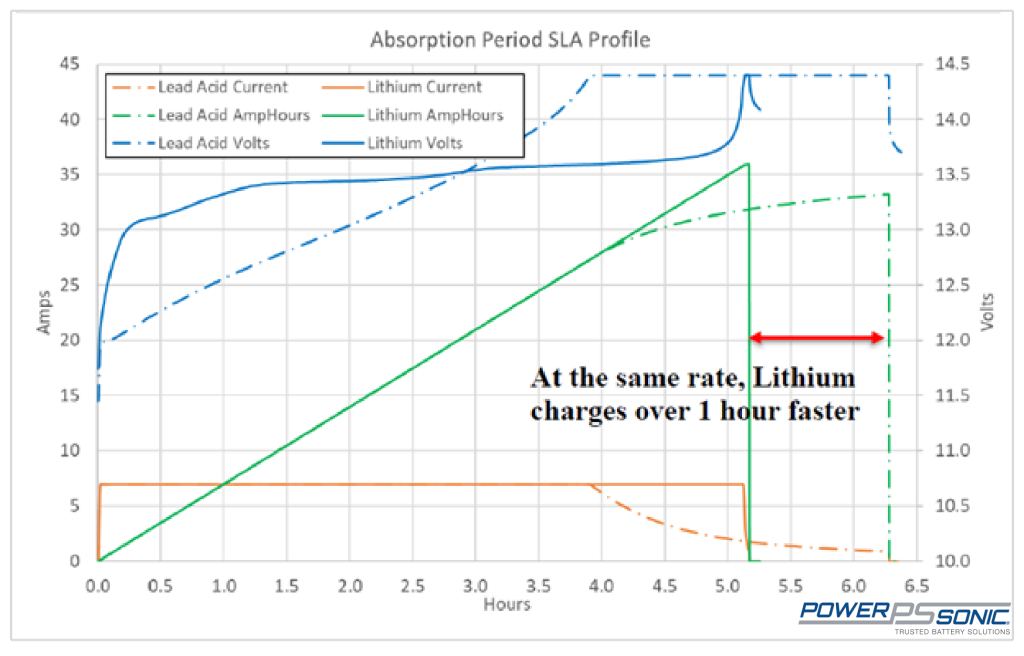
Yes, you can use lithium in an SLA charger—provided it lacks de-sulfation or dead battery detection. De-sulfation’s high-voltage pulses can trigger the lithium BMS or damage the battery, while dead battery detectors may misinterpret a lithium battery in protection mode. Within typical SLA voltages (13.8–14.7 V), lithium batteries reach full charge much faster than SLA batteries: at lower voltages, lithium hits 95% SOC before SLA reaches 80%, and at higher voltages (14.6 V), it reaches 100% SOC.
Will a normal SLA charger damage a lithium battery?
Using an SLA charger without a de-sulfate mode won’t typically damage a lithium battery. In frequent cycling, you may not reach full capacity, and if stored for long periods, it’s better to disconnect the battery and keep it at ~50% SOC. In short, a standard SLA charger can safely charge lithium batteries.
Power Sonic does recommend charging batteries with a charger suitable for their chemistry. We also recommend checking all lithium batteries for low voltage every 3-4 months and charging as needed. For our full lithium maintenance recommendations, please click here.
For more information on lithium and SLA charging profiles of lithium and SLA batteries, please visit this blog post to learn more.

